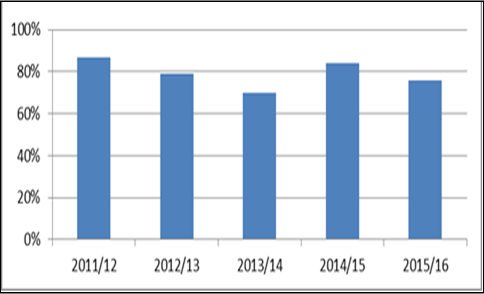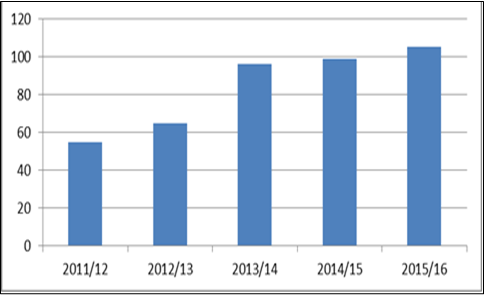Last week the Scrutiny Annual Report was reported to Swansea’s Council Meeting. You can download it here.
OK, it might not be the most exciting document ever produced but, for anyone involved in scrutiny, it really is important and, as many Councils produce them, they might as well be a worthwhile exercise.
So I thought I would underline this point by suggesting seven reasons why scrutiny annual reports are seriously useful and I’m going to illustrate the points with details from ours.
By the way, we have a single committee system – more about that here.
So here are the seven reasons you have an annual report for scrutiny:
1. To say where things are at
Once a year scrutiny gets the chance to give the big picture of where it sees itself. Given the nature of local government things are always changing and the annual report is a great chance to reflect on where scrutiny is in its journey.
Here is what Councillor Mary Jones said about scrutiny in Swansea this year for example:
Over the last year scrutiny in Swansea has continued to improve and has continued to make a difference. Our flexible approach to scrutiny, which has attracted interest from other councils, was recognised nationally when the City and County of Swansea was shortlisted for an MJ Award (otherwise known as the local government Oscars!) in the category of Excellence in Governance and Scrutiny. Unfortunately we did not claim the top prize but to be shortlisted for this award is a real achievement and shows how far we have come.
2. To set out what’s important
Scrutiny can be a complex business and the annual report is an opportunity to set out what matters most to scrutiny councillors locally.
In Swansea, for example, holding each of the Council’s 10 Cabinet Members to account in a formal question and answer session with the Committee comes out top.
3. To track performance
In Swansea we have been using a results scorecard approach to track performance since 2011. We now have 23 indicators many of which can be tracked over five years.
This indicator, for example, highlights the amount of work being done:

And this shows councillor perceptions of the difference being made by scrutiny:

4. To thank everyone who has contributed
Scrutiny couldn’t function without the input of a wide range of people so the annual report is a chance to give them all the thanks they deserve.
Scrutiny councillors of course but cabinet members also play an important role as do the support staff from across the council and those from outside the council who come and give evidence.
5. To highlight what scrutiny has been working on
It doesn’t do any harm at all to remind people what scrutiny has been working on and that these are the issues that matter both the council and to the public.
Scrutiny in Swansea, for example, has been looking at school governance, building sustainable communities and mental health services for adolescents and young people as major topics.
6. To show what’s been learnt
As mentioned, scrutiny is a complex business and councillors need to keep developing if they are to be effective scrutineers. In Swansea, for example, sessions were held last year on children’s rights and one on community services.
At the same time the annual report provides an opportunity to report feedback from inspectors and others. Not only is this an important part of the ‘improvement conversation’, it gives those inspectors assurance that their comments about scrutiny are being taken on board.
Of course I could mention the fact that Swansea was shortlisted for an MJ award at this point, and the very positive things that the judges said about our flexible approach to scrutiny – but we don’t like to go on about it of course.
7. To set out how plans for improvement and development
Finally the annual report provides a chance to look forward and set out what improvements need to be made to scrutiny.
For Swansea this means more use of pre decision scrutiny and continuing to work on six improvement outcomes agreed last year. These include getting the public more involved, more coverage in the media and closer links with regulators and inspectors.
Leave a Comment